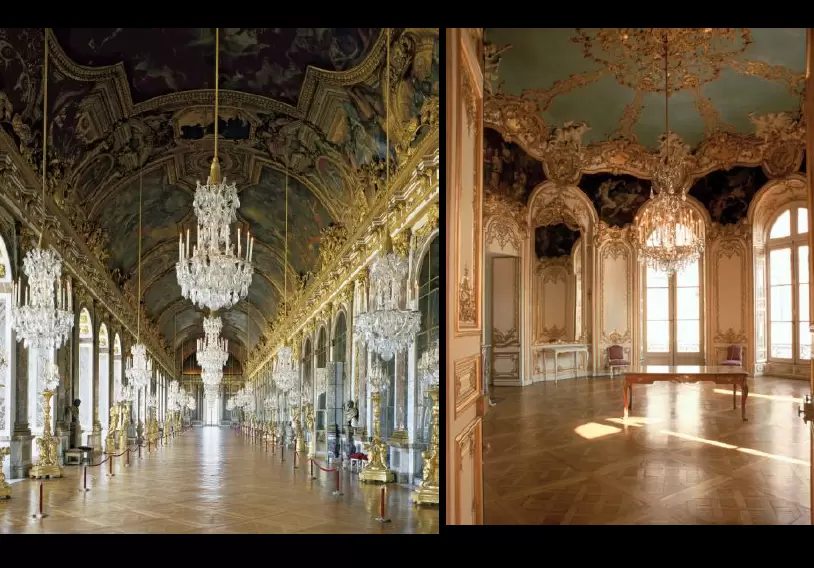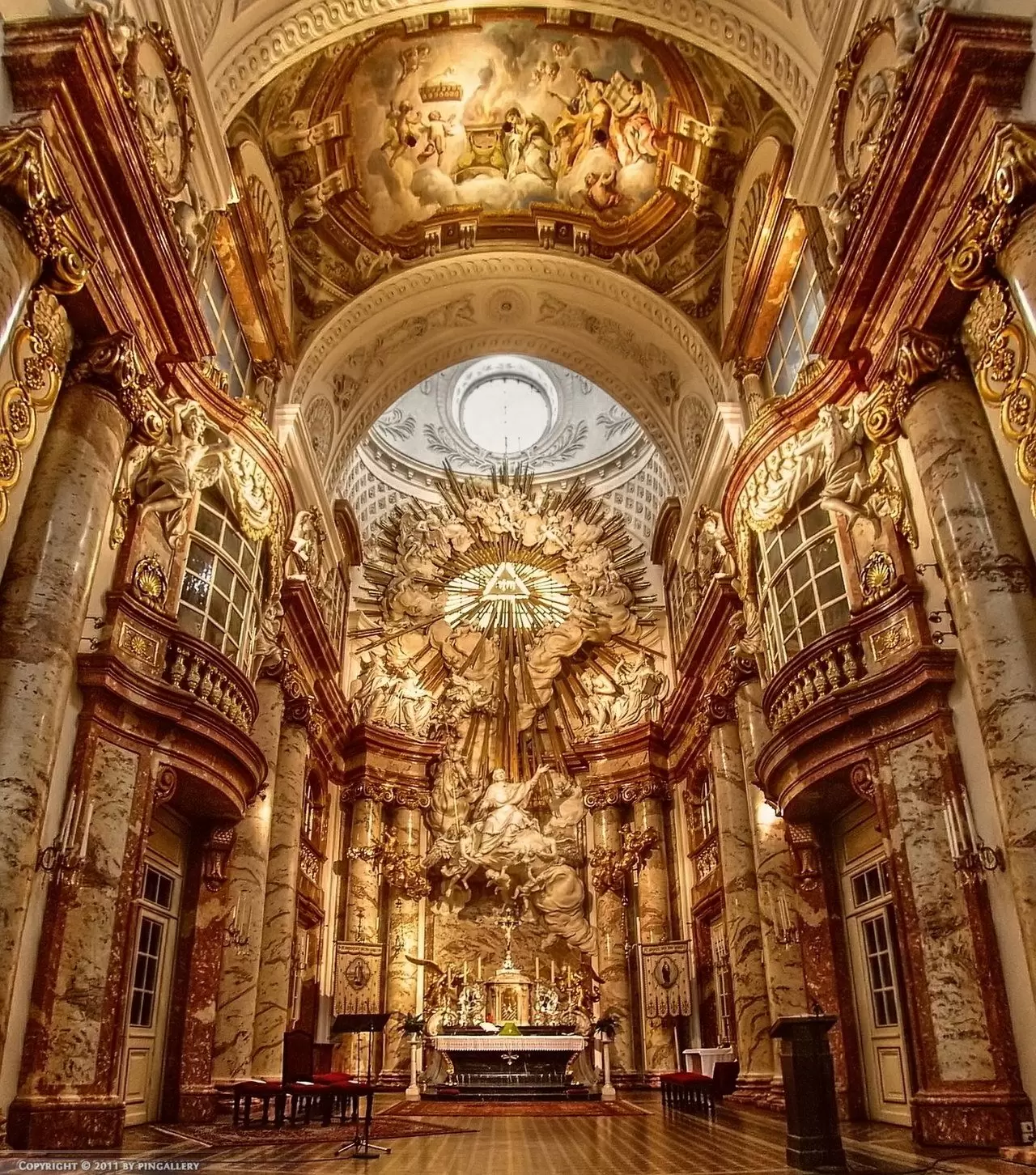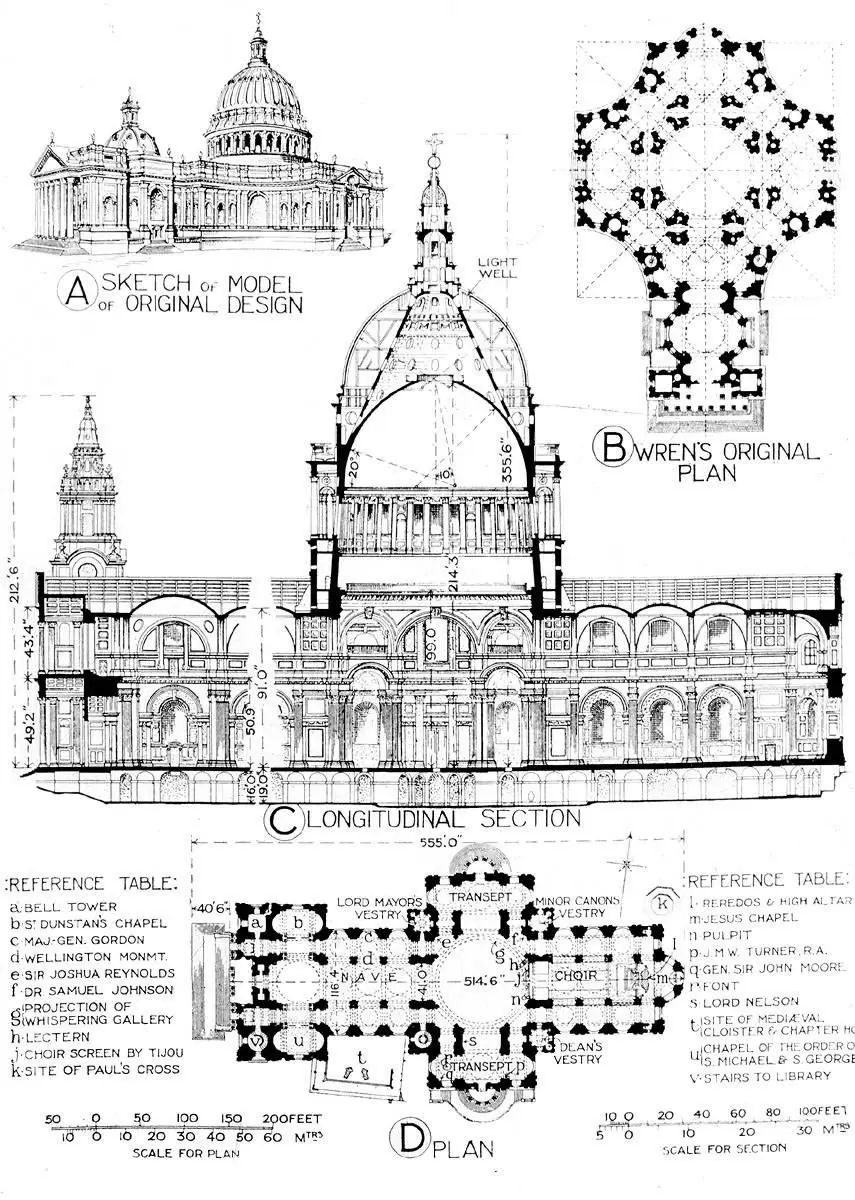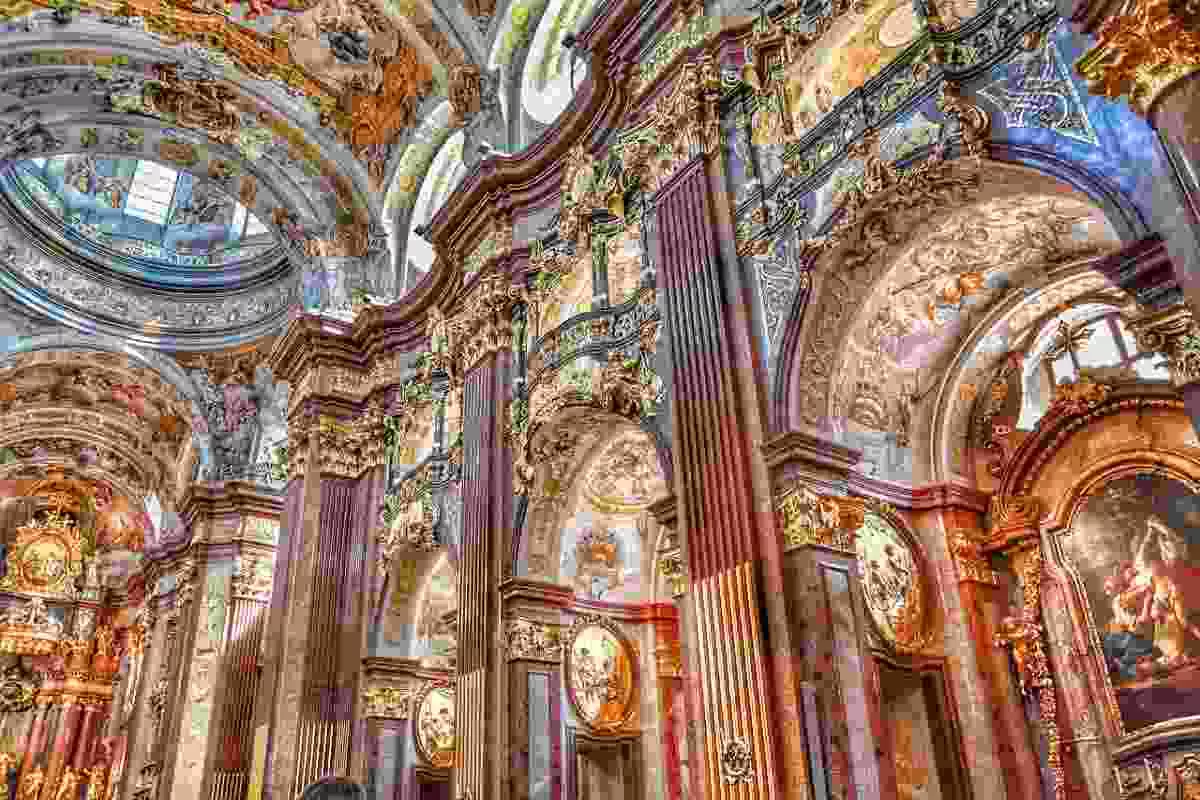St. Paul's Cathedral is one of London's most famous tourist attractions and is one of the best examples of baroque architecture. The cathedral was built in the late 17th century and is one of England's largest cathedrals. The cathedral, which features the characteristics of baroque architecture, attracts attention with its large domes, high towers, and ornate facade. The influence of the baroque style can also be seen in the interior of the cathedral. The high ceilings, ornate columns, and sculptures inside the cathedral enchant visitors. St. Paul's Cathedral is an important part of England's historical and cultural heritage and is visited by thousands of tourists every year.
Characteristics of Baroque Architecture and St. Paul's Cathedral

Baroque architecture is a style of architecture that was popular in Europe in the 17th and 18th centuries. This style was used especially for large buildings such as churches and palaces. The features of Baroque architecture include ornate details, large sizes, symmetry, and moving forms.
St. Paul's Cathedral, located in London, is one of the best examples of Baroque architecture. The cathedral was built after the great fire of London in the 17th century, when London was the capital of England. The design of the cathedral was made by the famous architect Sir Christopher Wren.
The Baroque architectural features of St. Paul's Cathedral include its large size, symmetrical design, and ornate details. One of the most striking features of the cathedral is its dome. The dome, with a height of 111 meters, is one of the tallest structures in London. In addition, the decorations and sculptures inside the cathedral also reflect the features of Baroque architecture.
Baroque architecture was generally used for large buildings such as churches and palaces. The purpose of this style was to show power and wealth. The features of Baroque architecture include ornate details, large sizes, symmetry, and moving forms. St. Paul's Cathedral is one of the best examples of Baroque architecture and is one of London's most important tourist attractions.
St. Paul's Cathedral: Historical and Architectural Details

St. Paul's Cathedral is a cathedral located in the capital of England, London, and is one of the city's symbolic structures. The cathedral is located on the south bank of the River Thames and was built in the 17th century. Construction took about 35 years and was completed in 1710.
St. Paul's Cathedral is an impressive architectural structure. The cathedral's design is one of the best examples of English Baroque architecture. The main dome of the cathedral, with a height of 111 meters, is one of the tallest structures in London. Inside the cathedral, under the dome, are the graves of important figures in English history. These include names such as the famous commander of England, the Duke of Wellington, English writer Charles Dickens, and English scientist Sir Isaac Newton.
St. Paul's Cathedral is also an important structure in England's history. The cathedral suffered great damage in the Great Fire of London in 1666, one of England's largest fires. However, it was rebuilt and witnessed an important period in English history. The cathedral was also bombed during World War II. However, it was restored after the war and took on its current form.
St. Paul's Cathedral is one of London's most important tourist attractions. The cathedral is visited by thousands of tourists every year. The graves inside the cathedral, its historical texture, and architectural details attract visitors. In addition, the streets around the cathedral also attract tourists with their historical texture and architectural structures.
The Baroque Period and the Location of St. Paul's Cathedral

The Baroque period is an art and architectural movement that was influential in Europe from the late 17th century to the mid-18th century. During this period, artists and architects competed to build ornate and elaborate structures. These structures were often designed as religious buildings, and religious buildings such as churches, cathedrals, and monasteries are the most important examples of Baroque architecture.
St. Paul's Cathedral, located in London, is one of the most important examples of Baroque architecture. The cathedral was started in the late 17th century and completed in 1710. It is one of the largest churches in England and has an important place in English history.
The Baroque architecture of St. Paul's Cathedral is designed in an ornate and elaborate style. The facade of the cathedral is adorned with a large dome and two bell towers. The interior is a high-ceilinged and spacious area. Inside the cathedral, there are many sculptures and frescoes that reflect the characteristics of the Baroque period.
St. Paul's Cathedral has an important place in English history. The cathedral was used during the English Civil War and has become an important symbol in English history. The cathedral is also a place where important events in English history have taken place. For example, during World War II, the cathedral was damaged by bombing in London. However, the reconstruction of the cathedral reflected the unity and solidarity of the British people.
In conclusion, St. Paul's Cathedral is one of the most important examples of the Baroque period. The cathedral is designed in an ornate and elaborate style and has an important place in English history. The cathedral reflects the unity and solidarity of the British people and has become an important symbol in English history.
St. Paul's Cathedral: The Intersection of Art and Architecture

St. Paul's Cathedral is a building of great architectural importance located in the capital of England, London. The cathedral emerged as a result of a construction process that began in the 17th century and was completed in the 20th century. Many famous architects and artists worked during the construction process.
The architectural style of the cathedral consists of a combination of Baroque and Renaissance styles. One of the most striking features of the building is its dome. The dome, with a height of 111 meters, is the highest point in London. In addition, the mosaics, stained glass windows, and sculptures inside the cathedral have great artistic value.
St. Paul's Cathedral is an important part of England's historical and cultural heritage. The cathedral was also of great importance during World War II. During the war, most of the buildings around the cathedral were destroyed. However, the cathedral managed to survive at the end of the war.
Today, St. Paul's Cathedral is one of the most visited places by tourists. The cathedral is visited by millions of tourists every year. Visitors come here to discover the historical and architectural features of the cathedral.
In conclusion, St. Paul's Cathedral is an important point where art and architecture meet. The architectural features of the building and the works of art inside it constitute an important part of England's historical and cultural heritage. The cathedral is also a major attraction for tourists and is visited by millions of visitors every year.
St. Paul's Cathedral: Traces and Effects of Baroque Architecture

St. Paul's Cathedral is a structure located in the capital of England, London, and is considered one of the most important examples of baroque architecture. The cathedral carries the influences of the baroque period, which began in the late 17th century and continued until the mid-18th century.
Construction of the cathedral began in 1675 and took 35 years to complete. The design of the structure was made by the famous English architect Sir Christopher Wren. Wren used the characteristics of baroque architecture in the design of the cathedral, creating one of the most important structures of the period.
One of the most striking features of St. Paul's Cathedral is its dome. The dome, with a height of 111 meters, is one of the tallest structures in London. Additionally, the dome hall located beneath the dome is one of the most important examples of baroque architecture, with its gold decorations and frescoes.
The interior of the cathedral also carries the influences of baroque architecture. The columns, reliefs, and decorations in the interior reflect the characteristics of baroque architecture. Additionally, the stained glass windows in the cathedral's interior are one of the most important examples of stained glass of the period.
St. Paul's Cathedral is an important structure carrying the traces of baroque architecture. The design and decorations of the structure are considered one of the most important architectural examples of the period. The cathedral is an important tourist attraction and a significant part of England's cultural heritage.

Comments